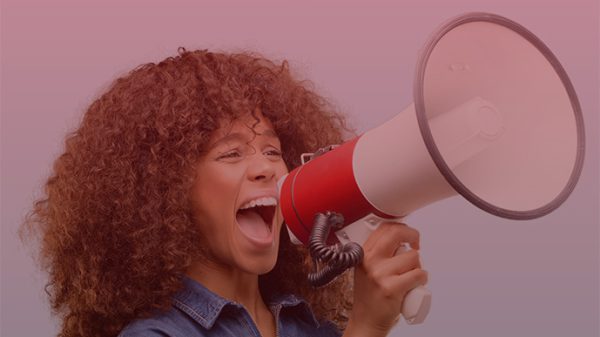Over the years, a large number of studies have pointed at gender related problems in the news media, both in terms of representation and portrayal in content, as well as gender balance in staffing, management and ownership in the media sector itself.
Such problems are of course not unique for the media, but rather a reflection of norms and structures in societies. In more recent years, issues of gendered disinformation and hate speech targeting women, and specifically women journalists, in an increasingly digitalised media world, have also been observed.
Fojo Media Institute has conducted the study in collaboration with the Department of Journalism, Media and Communication, University of Gothenburg, mapping law and policy (regulation and self-regulation) and identifying measures to promote gender equality in the media and women’s freedom of expression. The study covers policy instruments adopted at international to media house levels in over 100 countries. Parallel to the global study, case studies have been developed in a sample of countries in which Fojo Media Institute is active: Armenia, Bangladesh, Rwanda, Somalia, Sweden and Zimbabwe.
The analysis reveals patterns of inconsistencies between commitment to gender equality in national policies and gender equality in media policies and legislation. Widespread interest in gender equality at the overall international and national level does not seem to filter down into statutory media sector regulation.
On a supranational level, there is a long-standing agreement between United Nations (UN) members States to advance women’s rights and gender equality in and through the media, as part of the Beijing Declaration and Platform for Action for the Advancement of women (BPfA, 1995). For the 189 member states, the BPfA is a morally binding action plan.
All countries exist in unique cultural and historical settings, in which media have developed. Countries like Sweden, with a long tradition of women’s rights movement and extensive gender equality legislation, score high on measures of gender equality in the media.
In 2020, 38% of the people seen or heard in Swedish news media were women, compared with 25% globally. Furthermore, the gender balance in the journalist corps favours women. The Swedish example shows that change towards gender equality in media can come about without specific provisions on gender equality in media related laws, but rather as an effect of general gender equality laws and a growing societal awareness.
The level of gender equality in the media is to some extent linked to gender equality in the society as a whole, specifically gender equality legislation and gender awareness in general within societies.
They study shows that a preferred method to promote gender equality in media would be to establish proper and efficient self or co-regulatory mechanisms, which can be promoted through appropriate media policies and legislation. The study also gives general and detailed recommendations on how to achieve better gender equality and safety for journalists.



